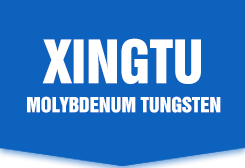Non-ferrous metals industry: risk aversion dominates price trends
Update time2020-08-21 click: 2907
In April, as the European debt crisis deepened, base metal prices weakened again. Among them, copper and zinc fell by 4.7% and 3.9% respectively, leading the decline. The price of gold strengthened due to rising risk aversion, rising by 5.9% that month. In April, the world's major exchanges copper, lead and zinc stocks increased significantly; while aluminum, nickel and tin stocks continued to decrease.
Various signs indicate that the domestic consumption of non-ferrous metals is slowing down recently. This is reflected in: 1) The output growth rate of major smelted products including aluminum, copper, zinc, etc. has slowed down significantly; 2) Imports continue to fall; 3) The domestic spot is abundant, and domestic and foreign prices are generally lower.
We expect that the US dollar is expected to continue to strengthen due to the short-term difficulties in solving the European debt crisis and the rise in risk aversion. At the same time, as investors' expectations of China's macroeconomic regulation and control continue to intensify, this will restrain the trend of base metal prices. While gold is expected to become a safe haven again, we are optimistic about the short-term gold price trend.
At the same time, rare earth, antimony, tungsten, molybdenum and other small metals with China's advantages are expected to benefit from industry consolidation, and prices will continue to remain strong.
